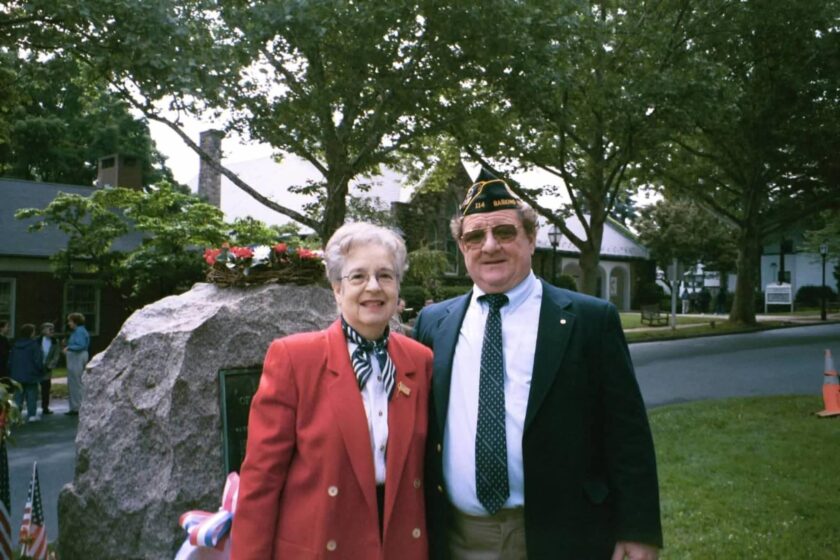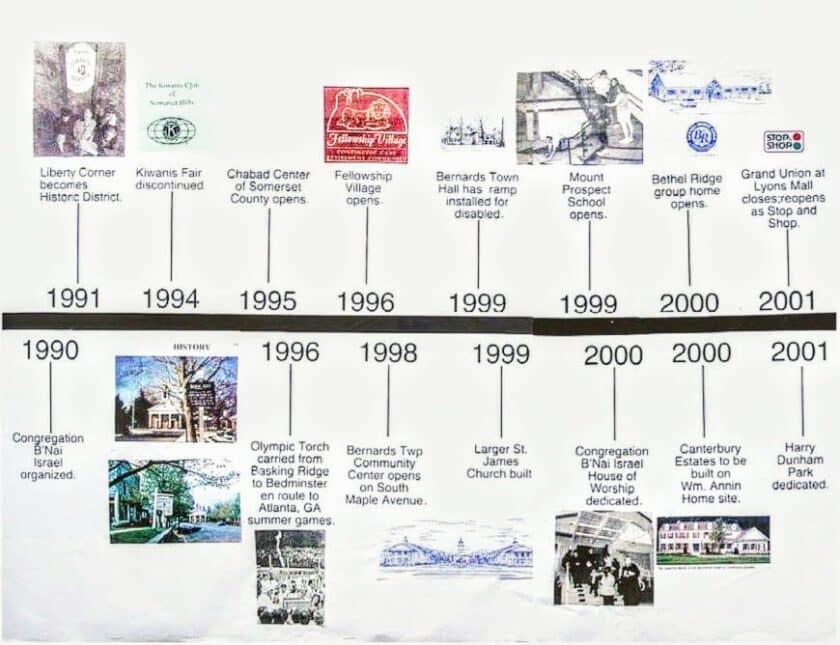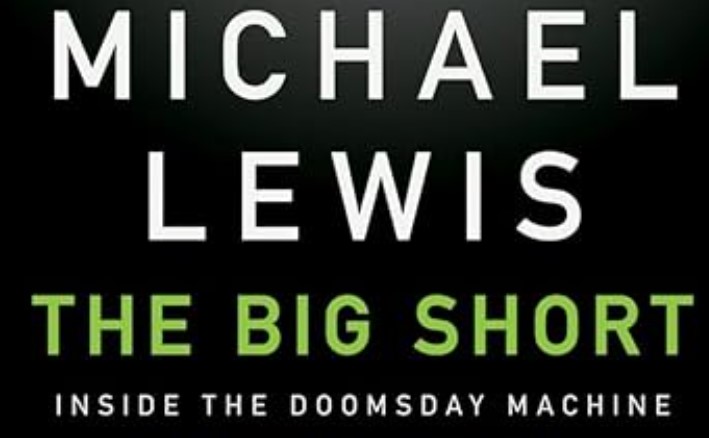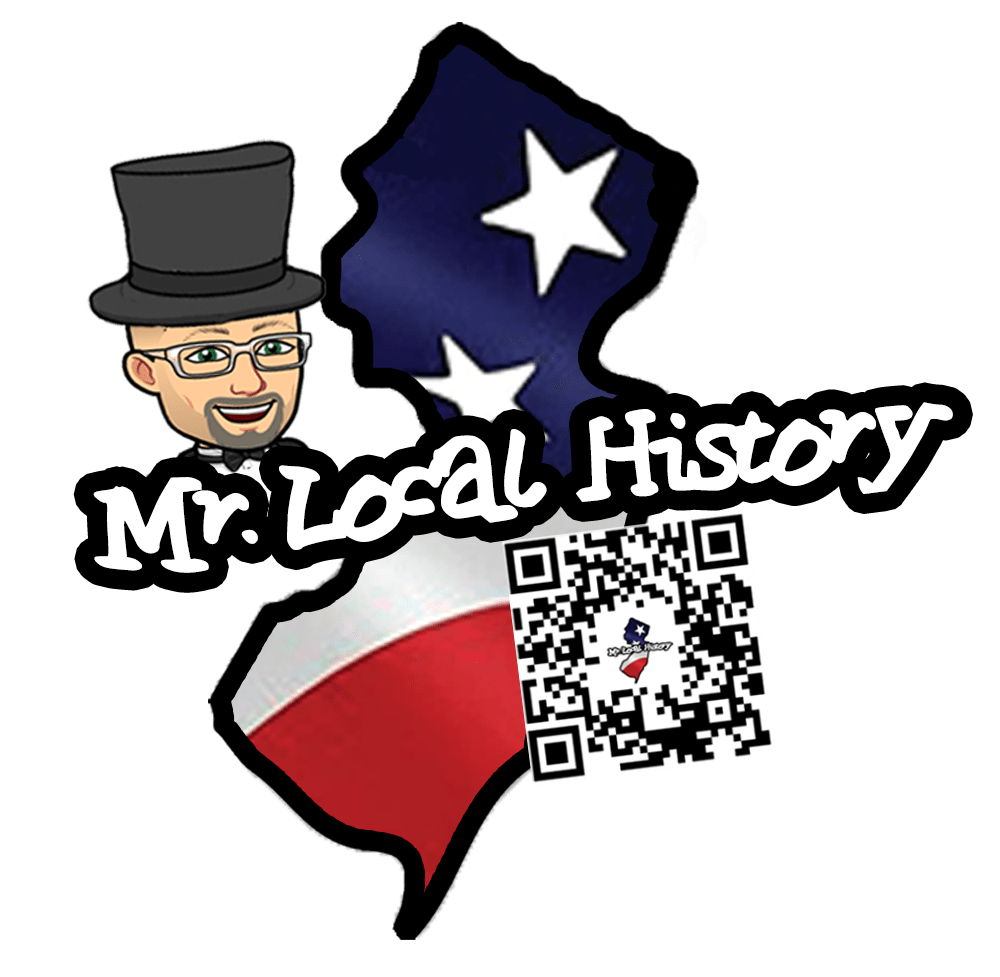
June Kennedy – Bernards Township’s First Official Historian
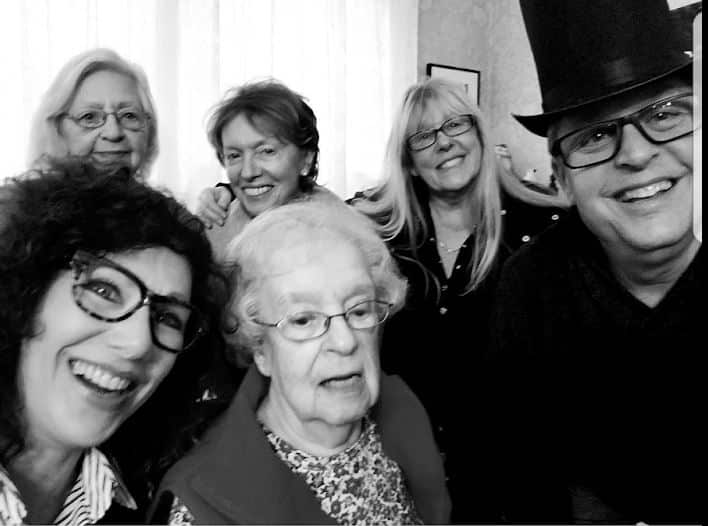
A Basking Ridge resident for 31 years, June Kennedy served as Bernards Township’s Historian from 1970 to approximately 1990. She would lecture and give tours to school and civic groups on local history, research houses, and genealogy, and was a member and trustee of The Historical Society of the Somerset Hills.
June Kennedy authored:
- Around and About Basking Ridge, Liberty Corner and Lyons: a pictorial history of the area;
- A History of the Library in Basking Ridge, both written in 1995.
June wrote detailed histories of:
- Bernards Township
- The Maple Avenue School
- The Municipal Building
- The Washington House/Store Restaurant
- The Bonafides of Somerset Hills
- The Bernards Township Police Department
- The Stained Glass Windows of St. James Chapel and Church.
June Kennedy conducted a summer history camp for fourth through sixth-grade students at the Brick Academy for nine years. She was a contributing writer of Past and Promise, the 1990 Women’s Project of NJ, her subject Mary Alexander, mother of Lord Stirling. She was a staff member of the Bergen Evening Record, now The Record of Hackensack, a daily newspaper. She also contributed to the Encyclopedia of New Jersey (2004) with an article about Basking Ridge
Little Silver Beginnings
Kennedy resided in Little Silver, NJ, for 14 years and served as the borough’s first historian, writing A Sketchbook of Little Silver History, which is now a fourth-grade textbook. She was editor of the Little Silver Newsletter, public information officer for Red Bank Regional High School, and a teachers’ aide.
Active in the community, she serves as secretary-treasurer of the Somerset Hills Fellowship of Christian Churches, past president and active member of The Bonafides of Somerset Hills, and a lector at the Church of St. James. She taught creative writing at the U.S. Veterans Hospital at Lyons and business writing at the Somerset Hills Adult Education School in Bernardsville.
A graduate of Fairleigh Dickinson University, Rutherford, with a degree in Journalism, she earned a second degree in Humanities from Thomas Edison State College, Trenton. She and her husband, Robert B. Kennedy, are parents of two married daughters and grandparents of four grandsons. A lifelong New Jersey resident, she has been featured in several local cable (TKR) productions focusing on Bernards Township history.
June’s Bernards Township Historical Tidbits
- The 1880 Federal Census listed Bernards Township with a population of 2,622, which included 218 farms. The area consisted of Basking Ridge, Liberty Corner, Lyons, Far Hills, and Bernardsville. When Far Hills withdrew, it took 1/8 of the area of Bernards, with Bernardsville taking 113 of the remaining area and leaving Basking Ridge, Liberty Corner, and Lyons and their environs the Township of Bernards.
- In 1898, Colonel John Jacob Astor IV donated stones from his property adjacent to the Great Swamp to the Rev. Joseph Appley, pastor of the Basking Ridge Methodist Church, now called Bishop Janes Methodist Church. Fourteen years later, Colonel Astor perished in the sinking of the Titanic in April 1912. His expectant wife gave birth to a son in August 1912. In 1968, the son born posthumously, John Jacob Astor VI, sold his English Tudor mansion, now the present Municipal Building, to Bernards Township.
- Basking Ridge Post Office began operations on September 18, 1802. Previously, mail was carried from Philadelphia to Morristown via Princeton and Basking Ridge on horseback, sulky or stage and was called “The Post”. With the arrival of the railroad from Summit to Basking Ridge in 1872, mail service over the road went into effect. Rural delivery service was launched at Basking Ridge on December 1, 1905.
- Four U.S. Senators representing New Jersey were graduates of the College of New Jersey (now Princeton University) and received their earlier education at the Basking Ridge Classical School. They were: Samuel Lewis Southard (1787- 1842), Theodore Frelinghuysen (1787- 1961), William Lewis Dayton (1807-1864). Robert Field Stockton (1795- 1865) graduated from Princeton but did not attend the Classical School in Basking Ridge.
- At the June 1941 dedication service of the new Liberty Corner flag pole and the village green, the soloist was a former Metropolitan Opera soprano, Anna Case Mackay, whose daughter, Ellen, was the wife of Irving Berlin, America’s beloved songwriter.
- Where does Bernards Township rank in terms of age compared to its sister communities in Somerset County? Research found during the Township’s 200th Bicentennial in 1960 revealed that Bernards ranks the fourth oldest. Franklin Township broke away from Piscataway in 1735; Bedminster and Bridgewater Townships were chartered by King George II in 1749. King George II chartered Bernards on May 24, 1760, and it is the second oldest government in the Somerset Hills. The Township was much larger in 1760 than it is today. In 1806, Warren became an independent government. Others that followed were Far Hills in 1921 and Bernardsville in 1924.
- About the handsome black iron pump located in the flower garden of the Brick Academy: On April 25, 1948, this pump served as an emergency source of water for many Bedminster residents because an excavating shovel cleaning debris from the North Branch of the Raritan River broke the town’s only water main, causing 115 families to be without water in their homes. The pump was in the backyard of Bensley Field’s grandfather, Dr. Frank L. Field, whose house still stands at 454 Route 202 in Bedminster. Dr. Field has his residence and medical office there. The pump was installed when the house was built in 1910.
- 1779 – Jockey Hollow – This area was where jockeys tested their racing horses! In 1779-1780, 10,000 troops constructed 1,200 log cabins on 900 acres. When the men were at Jockey Hollow, the nearest tavern (for news, a warm bed, good food, and drink) was the Vealtown Tavern, also known as John Parker’s Tavern, and now located in the former Bernardsville Library building in Bernardsville. The colonial troops cut a footpath through the mountains. That is why the road is called Old Army Road in both Bernardsville and Bernards Township.
- The Friends of the Oak Tree was organized in 1923 to save the 600-year-old oak tree in the Basking Ridge Presbyterian Churchyard. The tree trunk was cleaned of its disease, leaving space for four men to stand in its trunk. Three tons of Concrete were poured into the cavity. The tree, a landmark for centuries, is Bernards Township’s logo, featuring two oak leaves that represent the centennial of the 200th anniversary in 1960.
- On April 6, 1917, the United States formally entered World War I. June 5, 1917, was Registration Day in Bernards for men ages 21 31. There were many parades and demonstrations, with special services held in all the churches. Young men left for training camps. By November 1917, Bernards had oversubscribed its quota of the Second Liberty Loan by 80%, and the government raised letter postage from 2 Cents to 3 cents.
- Transportation played a significant role in the development of the Somerset Hills. The railroad arrived in 1872, creating development. Almost 100 years later, the completion of Routes 287 and 78 led to further population growth and a housing boom. Transportation can be called the cause and/or the culprit.
- Among the many artifacts owned by The Historical Society of the Somerset Hills is a V E R Y long bobsled, built and used in Basking Ridge by Countless children in the early 1900s. Presently stored in the Township’s Public Works garage, where it is suspended, it was a gift of the Scheurman family and could accommodate many passengers. It is reported to have been guided through heavy snow from the top of Dykeman’s Hill (in the area off Cedar Street) to the bottom of Rankin Avenue, all in a matter of seconds!
- The Indian display, featuring more than 200 arrowheads, tools, and artifacts, at the Brick Academy was obtained from the Indian grounds in the Madisonville Road area (formerly the location of the AT&T building, now the site of Verizon). Samuel Corbett, a cabinetmaker, built the custom-made exhibit case, and Ruth Corbett Dennison, his granddaughter, donated all Lenni Lenape memorabilia.
- The Dead River was so named because of its slow current.
- Alfred Vail, who collaborated with Samuel F.G. Morse on inventing the telegraph in 1838, was related to the Basking Ridge family of Vails. He was a city cousin. Vail and Morse sent messages to each other over a two-mile wire at Historic Speedwell. The factory on Route 202 North is a national landmark. Country cousin Israel Vail lived in Basking Ridge; a small Vail family cemetery is on Tilcon quarry land, Stonehouse Road. Theodore Vail, former president of American Telephone and Telegraph Corporation, is also related.
- Lord Stirling’s estate, Stirling Manor, was built in Basking Ridge in 1761. Local people called it The Buildings, because of its size; the road was called Building Lane. The name was changed to Lord Stirling Road in the early 1940s. Stirling’s other name was William Alexander. The estate was General Nathaniel Greene‘s headquarters in 1777.
- Do you know what were two of New Jersey’s pre historic lakes? They were Lake Passaic (The Great Swamp) and Lake Hackensack (The Jersey Meadowlands).
- September 23, 2006, marked the 78th anniversary of the founding of the Basking Ridge Historical Society, forerunner of The Historical Society of the Somerset Hills. In 1928, a group of residents from Bernards Township met and decided to organize and promote local history. The Society leases the former municipal offices (The Brick Academy) from Bernards Township and preserves its history, providing factual information and offering programs and educational opportunities to all. In 1998, to broaden its horizons, the organization’s name was changed to The Historical Society of the Somerset Hills.
- In 1990, a new 50-year lease was written for the continuous use of the Brick Academy by the local government. The Society “shall have exclusive use of the premises and shall endeavor to restore, renovate, and preserve the building, given its historical significance.”
- Did you know that Elias Boudinot, president of the Second Continental Congress, was a Basking Ridge resident? Boudinot’s daughter, Suzanne, became the bride of George Washington’s attorney general, William Bradford. Elias Boudinot married Hannah Stockton, sister of his friend and legal mentor Richard Stockton, signer of the Declaration of Independence for New Jersey. Stockton, in turn, married Boudinot’s sister, Annis, a noted poetess, their residence in Princeton called Morven, the former New Jersey Governor’s Mansion. His wife, Annis Boudinot Stockton, was a prolific poet who named their house “Morven” after a mythical Gaelic kingdom in the epic poems of Ossian.
June’s Recommended Readings
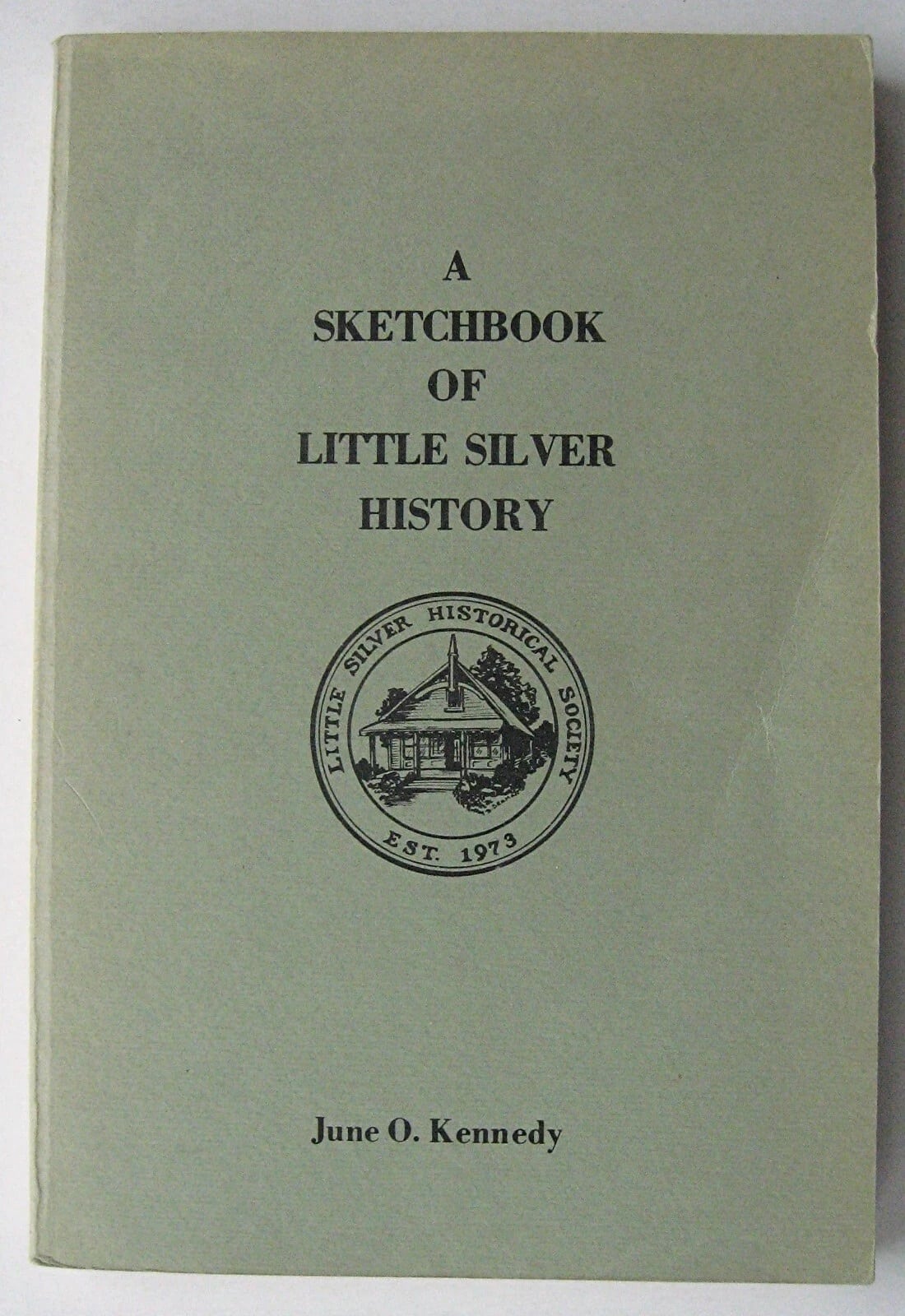 | A SKETCHBOOK OF LITTLE SILVER HISTORY to commemorate its Fiftieth Anniversary (1923-1973) by JUNE O. KENNEDY |
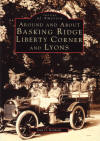 | Images of America Basking Ridge, Liberty Corner, and Lyons by June Kennedy |
Other documents
- Bernards Township History
- The Maple Avenue School
- The Municipal Building
- The Washington House/Store Restaurant
- The Bonafides of Somerset Hills
- The Bernards Township Police Department
What are others reading Right Now on MLH. Top Five Weekly Most Popular Posts
June Kennedy passed away on November 14, 2018. 1928 – 2018
June Oliva Kennedy Obituary
June Oliva Kennedy, 90, of Basking Ridge, NJ, died on Wednesday, November 14, at Morristown Memorial Hospital after a short illness due to complications from Alzheimer’s Disease. A Funeral Mass will be held on Monday, November 26, 2018, at the Church of St. James, 184 S. Finley Ave, Basking Ridge. The viewing will take place at the church at 10:00 am, followed by Mass at 11:00 am, and will be followed by interment at Holy Cross Cemetery, 145 Mt. Airy Road, Basking Ridge.
Born in Garfield, New Jersey, on June 28, 1928, the third of four children, June Kennedy was a lifelong resident of the State. She was proud of her Italian roots: both of her parents were born in Sicily, and, as a first-generation American, she was very patriotic. She received her Associate’s Degree in Journalism from Fairleigh Dickinson University (then a junior college) and a B.A. in Humanities from Thomas Edison State College.
As a young reporter for the Bergen Record, she met and interviewed Robert Bryan Kennedy after an American Legion meeting (to which she was denied entrance). He asked her on a date, and they married in 1949. They had two daughters, Meg Kennedy (Jon Pastor) of Philadelphia and Mary Troianello (Ed) of Warren; and four grandsons: Richard Pastor and Bryan, Adam, and Kyle Troianello.
The love of her life died in September after 69 years of marriage, and she joined him two and a half months later. The family lived in River Edge until 1961 when Bob, an AT&T employee, was transferred to Bell Labs in Holmdel. They moved to Little Silver, where June became deeply interested in the area’s history. As town historian, she published a newsletter, established a local history museum, and published A Sketchbook of Little Silver History (1972), which is used in the schools when they study New Jersey history.
In 1975, Bob was transferred to the new AT&T corporate headquarters, and the family relocated to Basking Ridge, where June became active with the township historical society and was named the first Bernards Township Historian in 1990. In this role, she delighted in researching the rich historical heritage of the area; speaking to groups that ranged from the Boy Scouts to the Daughters of the American Revolution; leading walking tours through the town; running history camp at the Brick Academy; naming more than two dozen streets in the township; setting up thematic displays for municipal events; and helping to organize activities for the celebration of the township’s 250th anniversary.
She retired in 1990, after twenty years as Township Historian. In 1995, she wrote A History of the Library in Basking Ridge and Around and About Basking Ridge, Liberty Corner, and Lyons. Over the years she authored numerous articles for other publications. June won the Millicent Fenwick Civic Award in 2006, the Spirit of Somerset Prize in 2001, and was named one of the Outstanding Women in Somerset County in 1998.
In addition to this work, June was an active parishioner of the Church of St. James, a member of the Rosary Society, and a member of the board of The Bonafides, a local charitable organization. Her unstoppable creative energy, curiosity, and interest in all things historical and Italian, as well as her loyal love and support for family and friends, will be deeply missed. Instead of flowers, donations can be made to the Bernards Township Historical Society, The Bonafides, or the Church of St. James.

